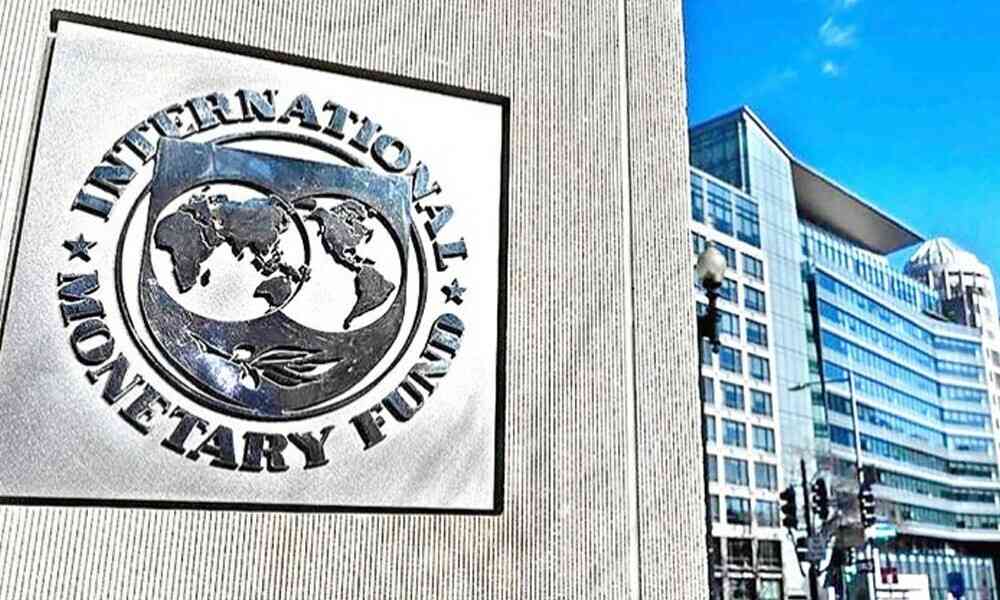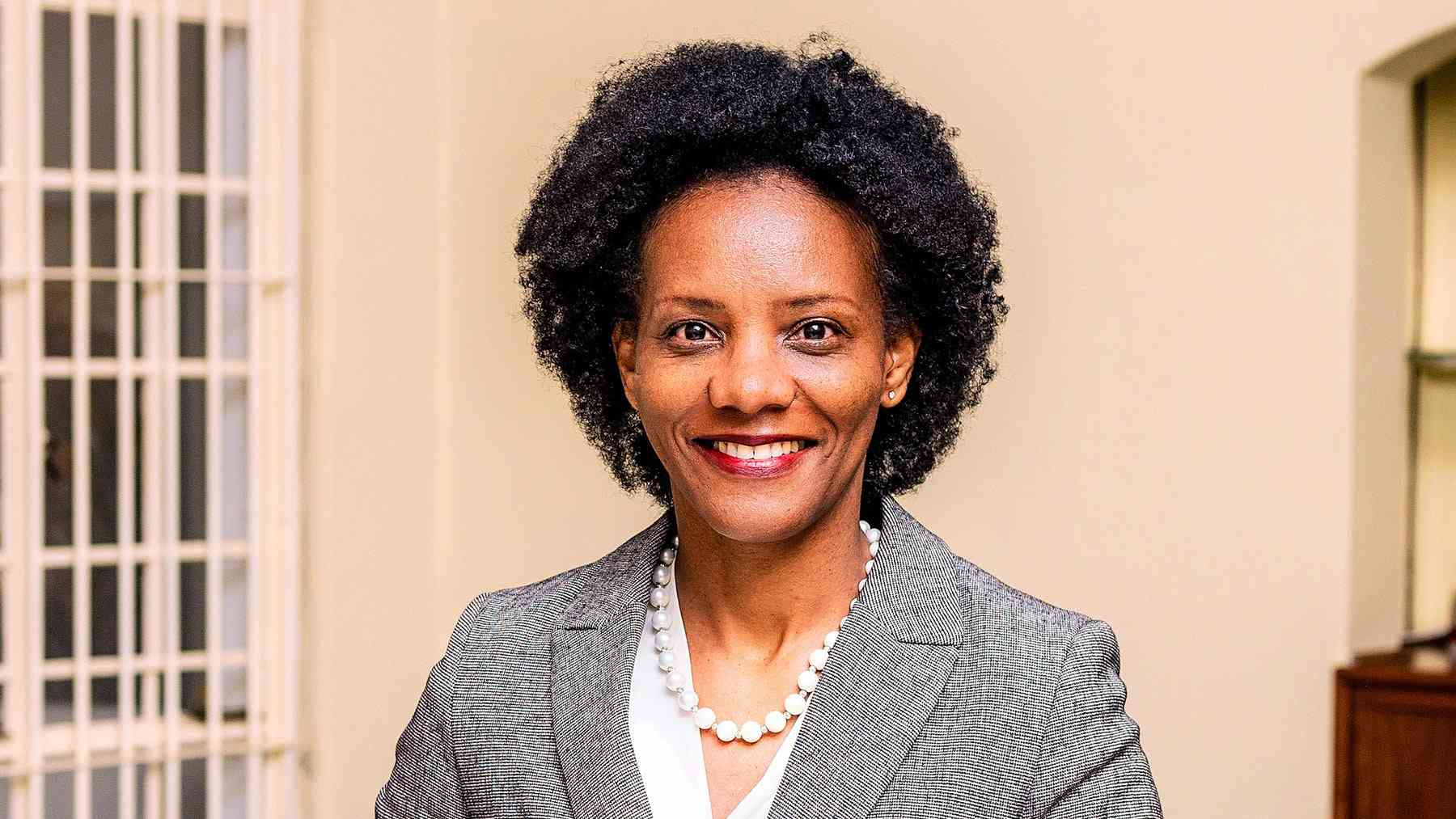
THE International Monetary Fund (IMF) this week cautioned against a blended inflation rate being used in Zimbabwe, saying it will trigger distortions in the economy.
Government last year directed the Zimbabwe National Statistics Agency (Zimstat) to stop publishing local currency indexed inflation and switch to the blended rate, which it said was ideal as the country was transacting in multiple currencies.
In coming up with a blended rate, government uses a weighted average of goods and services priced in Zimbabwe and United States (US) dollars.
The result was a sudden fall in the annual inflation rate from triple to double digit figures. But experts said the fall was not reflective of a price rage that has been roiling Zimbabweans since 2019.
Reflecting the grave consequences of rioting prices and exchange rate fragilities, the domestic unit has depreciated by 95% since January, according to the IMF.
On the official market, the currency has depreciated by 595% since January 2023, according to FEWS NET.
This was amid a backlash from industries, which warned of the ramifications of relying on distorted statistics if government proceeded with its plans.
But many of Zimbabwe’s leading companies began calculating their own inflation rates to help them make decisions.
- Mavhunga puts DeMbare into Chibuku quarterfinals
- Bulls to charge into Zimbabwe gold stocks
- Ndiraya concerned as goals dry up
- Letters: How solar power is transforming African farms
Keep Reading
In an interview with the Zimbabwe Independent, an IMF executive said local dollar indexed inflation rates would be ideal for Zimbabwe as policies were based on the currency.
“We are of the view that publishing Zimdollar inflation will be helpful in terms of thinking about monetary policy and other policies,” Wojciech Maliszewski, the IMF’s European Department deputy chief, said.
“We have provided a lot of technical assistance to Zimbabwe in this and many other areas and it has improved. I think we have made very good progress, and we will continue on this. One factor that we are still considering is the publication of price statistics.”
He spoke at the conclusion of a two-week visit to Zimbabwe by an IMF fact-finding mission to develop a Staff-Monitored
Programme, at the request of the government.
His views were in line with those shared by the Confederation of Zimbabwe Industries (CZI), which slammed government soon after the announcement last year of the change to blended inflation.
The CZI said at the time it was important to run with both Zimbabwe dollar and US dollar indexed consumer price indices.
It argued that financial statements were being prepared in Zimbabwe dollars, which is the country’s base currency.
“The US dollar is now the dominant currency in Zimbabwe’s money supply and over 75% of spending is now in US dollars,” the CZI said.
“As the proportion of US dollar expenditure continues to increase in the Zimbabwean economy, blended inflation will be under control, since the US dollar is a stable currency.
“However, blended inflation is of no significant use for economic agents, who are holding Zimbabwe dollars and US dollars and want to make decisions on what to do with the holdings.
“It is prudent for Zimstat to publish inflation figures separately as Zimbabwe dollar and US dollar inflation, as this would go a long way in business planning for the future,” the CZI noted at the time.
Responding to questions about the continuing haemorrhaging of the Zimbabwe dollar, Maliszewski said two things had to be addressed to bring back stability.
“One thing is to make sure the fundamentals are addressed, that is addressing different sources of fiscal pressures,” he said. “Some come from outside the budget including QFOs (quasi-fiscal operations), including state-owned enterprises and this needs to be addressed as part of the package. It needs to be a package.
“The second is the timing. Preparations take time so I would not rush it, but I would make sure it is all done properly, and the fundamentals are addressed first. What we discussed is the liberalisation of the foreign currency market and the steps in that direction of liberalisation are happening.”
The IMF chief said government would need to consider all these suggestions with every policy that it puts in place.
“The suggestions that we were giving were about how to make sure that the fiscal pressures are addressed and there are these different ways of how they can be addressed that we discussed. The Treasury was very receptive to these suggestions,” Maliszewski said.
The IMF called on government to make sure the Reserve Bank of Zimbabwe (RBZ) reviews its quasi fiscal operations, which have propelled money supply growth, and piled up inflationary pressures on the economy.
RBZ governor John Mangudya told the Independent that: “There is what we call the ‘pass-through exchange rate’ into the pricing system in Zimbabwe. We are now growing in an inflationary environment. That is not ideal. What is ideal is to grow in a non-inflationary environment. Where is the inflation coming from? It is coming from the local currency inflation.
“We need to come up with measures of stabilising the exchange rate so we can have growth in a stable environment. We are working on elements to ensure that going forward, the exchange rate is stable and won’t disturb our resilience.”











